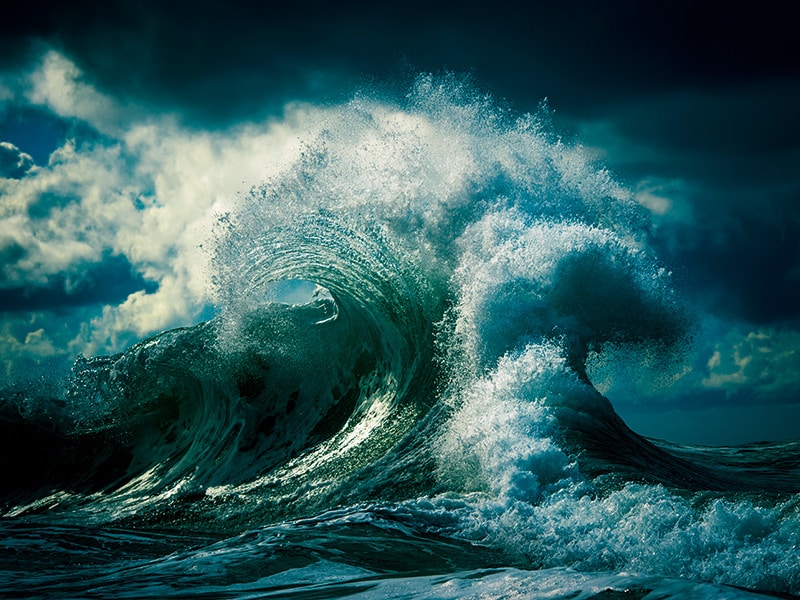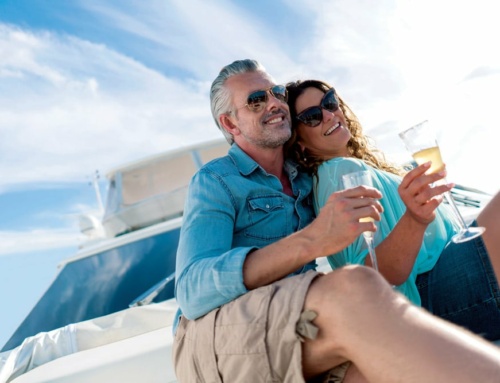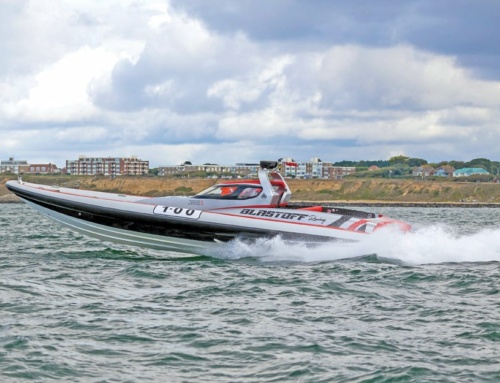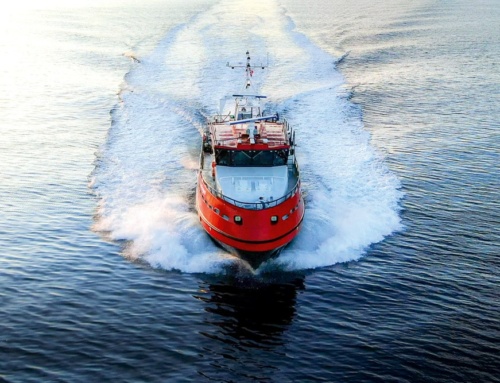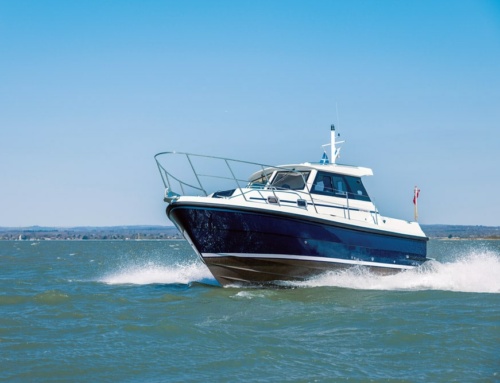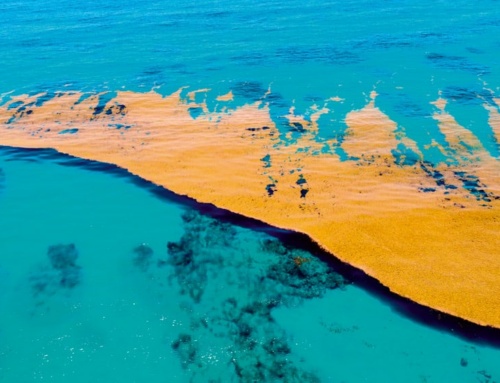- Know your limits. It’s not worth never seeing your loved ones again for a photograph.
- If in doubt, don’t go out.
- Shoot what you want to see, not what you think others want to see.
- You never lose. Ever. You either win or you learn.
- We are all individuals ‒ our images, experiences and unique points of view should reflect that.
HMS interviews Ray Collins, one of the most accomplished and revered photographers of waves in the world. We find out why he so loves his art and what drives him to the brink in order to capture these natural wonders through his camera lens.
Tell us about your background and connection with the sea, Ray. Where and how did your fascination for this special environment begin?
It’s all I’ve ever known ‒ my very first memories of life were of the ocean. The best way I’ve found of summing it up for me is a quote by American author Christopher Paolini, who said: ‘The sea is emotion incarnate. It loves, hates and weeps. It defies all attempts to capture it with words and rejects all shackles. No matter what you say about it, there is always that which you can’t.’
At what age did you take up photography and when did you start to specialise in the photography of waves?
It all came from a blessing in disguise, actually. I was at work in an underground coal mine, a kilometre under the earth’s crust, when it happened. I trod in a pothole and my knee popped and tore. I required surgeries and months of seeing specialists, so I turned my attention to photography ‒ something I had always wanted to play around with but had never made the time.
My physio suggested swimming for rehabilitation, which was music to my ears. I bought a water housing, put my camera in it and started shooting pictures of my friends surfing. It was 2007.
As the years went by, I felt a strong pull away from being a ‘surf photographer’. I was more passionate than ever to shoot ‒ I just wanted to document the moods and feelings of the ocean, rather than the people riding its waves. I found the purity of a breaking wave doesn’t date, change or age. There is a certain timelessness about it.
Without giving away your trade secrets, how do you go about photographing these incredible moments in time?
Pressing the shutter down to capture an image is often the last step of a sequence of events that sometimes takes weeks or months of planning. I’m always looking at different weather maps from all over the world and at home to monitor storms (which make waves), seeing the angles the waves will be hitting certain coastlines, mapping the sun, the tides. It all helps me envision the final image in my mind long before it’s taken place. Of course, it doesn’t always work out that way ‒ sometimes you get something totally different than you planned because there are always elements out of your control, but that keeps it interesting!
What particular challenges or dangers are involved in this line of work?
Imagine swimming in a washing machine with a bag of concrete and lifting that bag up to your face so you can focus and compose the shot, getting all of your shutter settings and aperture ISO right, and no water droplets on the front element, while all the while the ocean is pushing, pulling, gurgling and crashing all around you. It can be physically exhausting at times. Your ‘studio’ can kill you, but it offers up some of the most precious moments of life in between. It’s always risk versus reward. I fail more than I succeed in overcoming it, but it makes the successes even sweeter.
What have been some of your favourite and most memorable locations and why?
I’m so fortunate to incorporate some of my favourite places to travel in my yearly schedule; there’s a few places that I love so much I go back there several times a year. Hawaii and Indonesia are like my second homes, and both are filled with many amazing memories ‒ as is my home in Australia, as you would imagine.
As for memorable ‒ swimming off the coast of Iceland was pretty wild: it was -20°C, the whole landscape was white, and snow was falling on my face and hands while swimming and shooting the waves. Never in my wildest dreams did I think I would be in that kind of situation …
Can you describe some of the human qualities needed as well as some of the demands involved when it comes to capturing these exceptional images?
Yes. The qualities that are needed to document are also the lessons taught by the subject: patience, respect and the art of letting go. I realise that there’s a lot I can’t control in this line of work, so I feel that the ocean gently guides me to be more fluid in how I approach my work, and it often involves stripping back expectations and focusing on the present ‒ after all, it’s all we really have, isn’t it?
What and where was the most memorable, the most extraordinary wave you have ever captured?
So many to list! I’m often drawn to the ‘ones that got away’, though, you know? I can vividly see two waves collide in front of me, and through equal and opposite forces it made the explosion go about 30ft in the air like a translucent peacock tail made out of diamonds. I was dumbstruck ‒ catching flies with my mouth agape and my camera at rest in my hands. That type of stuff keeps me going back for more.
As a world-leading photographer already in your genre, what are your goals and aims going forward?
Overall, my aim is to make the viewer ‘feel’ something. It doesn’t necessarily always have to be a nice feeling, just some kind of emotional impact. As far as the impact of what’s being viewed is concerned, it would be my worst nightmare for the ocean to become a floating garbage patch. It scares me to think that our grandchildren might not be able to appreciate the beauty we take for granted. Although my images display a lot of power and force, the ocean is extremely delicate, and it’s transitioning through the greatest challenge of modern times ‒ pollution. I hope I can help inspire the viewer to put nature above convenience as far as plastic goes so we can keep the ocean as pristine as it can be …
What advice would you give others contemplating a similar career?
- Know your limits. It’s not worth never seeing your loved ones again for a photograph. If in doubt, don’t go out.
- Shoot what you want to see, not what you think others want to see.
- You never lose. Ever. You either win or you learn.
- Document all kinds of conditions with all kinds of lenses ‒ it’s a longer, harder road but you will be better for it.
- We are all individuals ‒ our images, experiences and unique points of view should reflect that.

